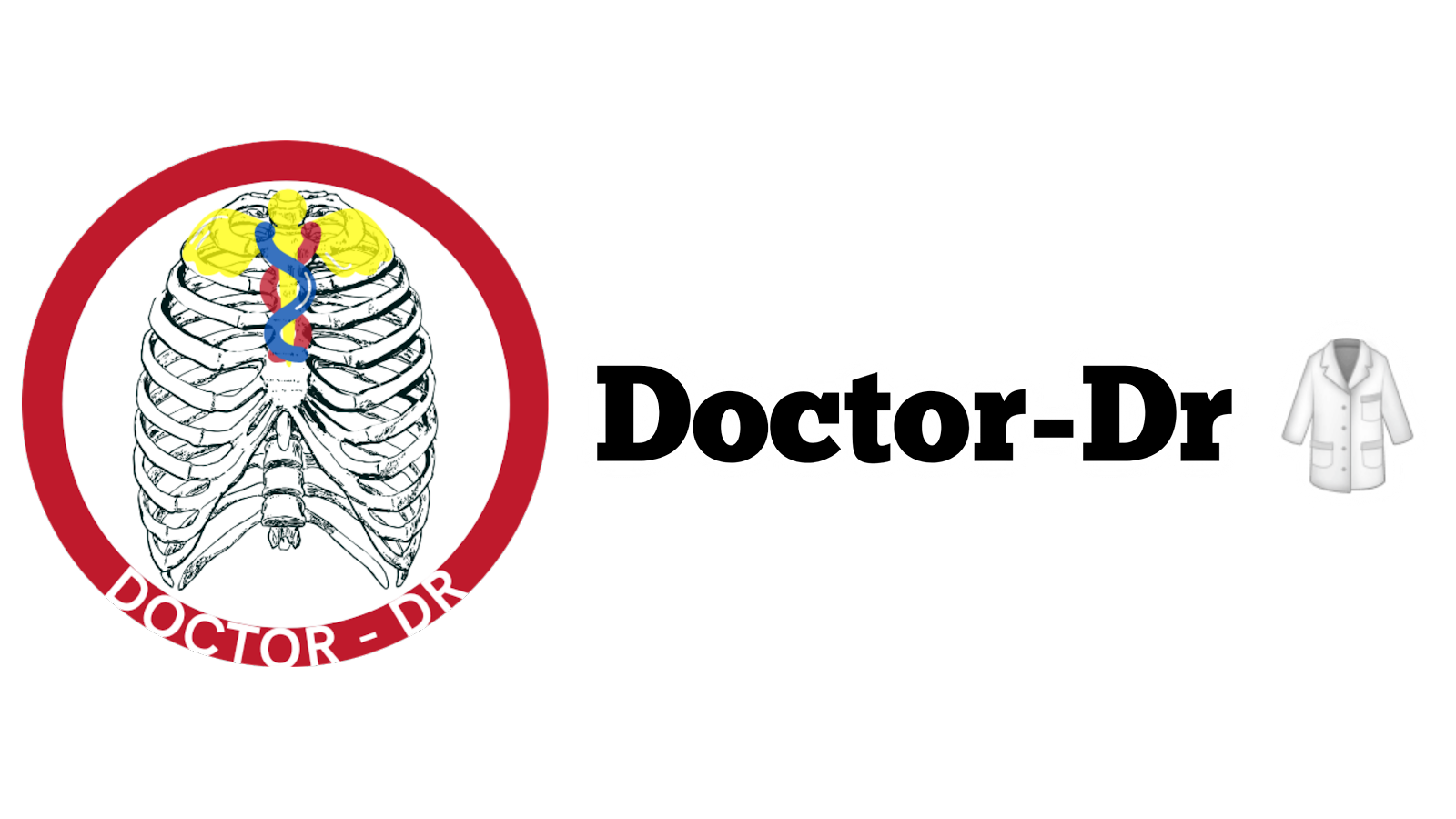Table of Contents
- Introduction to Dominant and Recessive Traits
- Dominant and Recessive Traits in Plants
- Dominant and Recessive Traits in Animals
- Dominant and Recessive Traits in Humans
- References
Introduction to Dominant and Recessive Traits
- Humans have 23 pairs of chromosomes in each cell, with hundreds of thousands of distinct genes on each chromosome.
- Each individual inherits two versions of every gene, called alleles, from each parent.
- An allele is a chromosomal pair of genes responsible for controlling a heritable trait.
- Alleles can be classified as dominant or recessive.
- Dominant alleles represent traits that are visibly expressed, while recessive alleles correspond to traits that are not morphologically visible.
- Dominant alleles are typically represented by capital letters, and recessive alleles by lowercase letters.
- A homozygous trait consists of either two capital letters (dominant) or two lowercase letters (recessive).
- Heterozygous traits consist of one dominant and one recessive allele, with the capital letter (dominant allele) written first.
- For example, if "B" is the dominant allele for brown eyes and "b" is the recessive allele for blue eyes, then "BB" and "Bb" will express the dominant brown eye trait, while "bb" will express the recessive blue eye trait.
- A person will display the dominant trait if their alleles are either "BB" or "Bb" (homozygous dominant or heterozygous).
- To express a recessive trait, both alleles must be recessive (bb), meaning the individual is homozygous for the recessive gene.
- A homozygous condition involves having two identical copies of an allele.
- A single copy of a recessive allele does not produce the associated trait.
- A dominant allele can express the trait even if only one copy is present.
- Many traits, such as hair color, eye color, size, and shape, are influenced by the interaction of multiple genes.
- One gene can also influence many different traits, often in conjunction with other genes.
Dominant and Recessive Traits in Plants
In plants, several observable traits are determined by dominant and recessive alleles:
| Name of Plant | Dominant Trait | Recessive Trait |
|---|---|---|
| Nettle | Serrated leaves | Smooth-margined leaves |
| Sunflower | Branched habit | Unbranched habit |
| Cotton | Colored lint | White lint |
| Maize | Round starchy kernel | Wrinkled sugary kernel |
| Snapdragon | Red flower | Non-red flower |
| Barley | Beardlessness | Beardness |
| Wheat | Susceptibility to rust | Immunity to rust |
| Tomato | Two-celled fruits | Many-celled fruits |
Dominant and Recessive Traits in Animals
In animals, dominant and recessive traits also vary across species and characteristics:
| Name of Animal | Body Character | Dominant Trait | Recessive Trait |
|---|---|---|---|
| Cat | Skin color | Tabby | Black or Blue |
| Cat | Length of hair | Short hair | Long hair |
| Dog | Skin color | Grey | Black |
| Dog | Tail | Stumpy | Normal |
| Cattle | Face color | White | Colored |
| Cattle | Horn | Poled or Hornless | Horned |
| Horse | Skin color | Black | Red |
| Horse | Movement | Trotting | Pacing |
| Sheep | Hair/Wool/Fleece | White | Black |
| Swine | Skin color | Black | Red |
| Swine | Hoof | Uncleft | Normal |
| Salamander | Body color | Dark | Light |
| Drosophila | Eye color | Red | White |
| Drosophila | Wings | Flat and Yellow | Curled and White |
| Drosophila | Body color | Grey | Black |
| Land Snail | Shape of Shell | Unbanded shell | Banded shell |
Dominant and Recessive Traits in Humans
In humans, various physical traits are influenced by dominant and recessive alleles:
| Trait | Dominant | Recessive |
|---|---|---|
| Baldness (in males) | Presence | Absence |
| Body hair | Abundant | Little |
| Bend pinkie finger | Able to bend | Not able to bend |
| Cleft in chin | Presence | Absence |
| Crossing of thumbs | Left thumb over right | Right thumb over left |
| Dimples | Presence | Absence |
| Earlobes | Free earlobes | Attached earlobes |
| Freckles | Presence | Absence |
| Iris color | Brown | Blue |
| Hairline | Widow’s peak | Straight |
| Hair color | Dark | Light |
| Handedness | Right-handed | Left-handed |
| Hitchhiker’s thumbs | Absence | Presence |
| Lip width | Broad lips | Thin lips |
| Mongolian eye fold | Presence | Absence |
| Nose shape | Roman nose (bump) | Straight |
| Nose width | Broad nose | Narrow nose |
| Rh factor in blood | Rh-positive (+) | Rh-negative (–) |
| Toe length | Second toe longer | First toe longer |
| Tongue rolling | Ability to roll | Inability |
| Webbed fingers | Presence | Absence |
References
- Altenburg, E. (1965). The Relation of Genes to Traits. In Genetics (Revised Edition, p. 16). Holt, Rinehart and Winston, Inc.
- BiologyWise. (2022). Dominant and Recessive Traits in Humans. Retrieved September 13, 2022, from https://biologywise.com/dominant-recessive-traits-in-humans
- Classroom Partners. (2022). Punnett Square. Retrieved September 13, 2022, from https://pressbooks.umn.edu/classroompartners/chapter/punnett-squares/
- National Human Genome Research Institute (NIH). (2022). Recessive Traits and Alleles. Retrieved September 13, 2022, from https://www.genome.gov/genetics-glossary/Recessive-Traits-Alleles
- Verma, P.S., & Agarwal, V.K. (2005). Mendel and His Work. In Cell Biology, Genetics, Molecular Biology, Evolution and Ecology (Multi-color Edition, pp. 29–30). S. Chand & Company Ltd., Ram Nagar, New Delhi.









